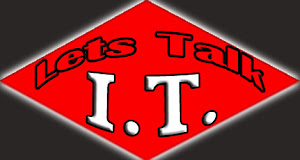Electronics giant Toshiba origin of Sakura, Japan, recently announced that they developed a new type of memory with higher capacity, greater bandwidth and data transmission, so far more quickly.
Toshiba join to develop the type of memory FeRAM (Ferroelectric RAM). This memory can transfer data 8x faster on their final prototype.
FeRAM is a new type of memory chip that combines the speed of DRAM at this time commonly used as main memory on the computer, with the ability to store and protect data at the time even though the computer off. Such as flash memory chips used in mobile phones, digital cameras and other gadgets.
This memory has been developed over many years but have never produced en masse. In 2006, Toshiba announced their development of the FeRAM. When they succeeded in making prototype FeRAM with 4MB of data transfer speeds have to 200MBps
In the same year, recorded in the history of FeRAM memory Fujitsu developed this since 2006, joined the Fujitsu Group's Institute of Technology (Tokyo Institute of Technology) to develop a FeRAM memory chip manufacturer, with 65nm technology.
Chip introduced by Toshiba this time is the latest prototype. PCWorld, Monday (9/02/2009) report that details the latest chip will be published in the first place International Solid-State circuits Conference (ISSCC) in San Francisco on 8 - 12 February 2009 this. For the first time, capacity of 16MB per chip with a read-write speeds up to 1.6 GB per second
At this time, although have read-write speeds are still high and can store information even when the system is turned off, the maximum capacity of 16MB is still FeRAM, far below the normal flash memory chip.
This is an effort to create Toshiba FeRAM technology into technology that allows the device to be used commercially. However, Toshiba does not yet have a target when this product will be produced en masse, because the production cost factors and considering the price of memory has not been stable at this time. This became the biggest challenges Toshiba to bring these technologies to market.








0 komentar:
Post a Comment